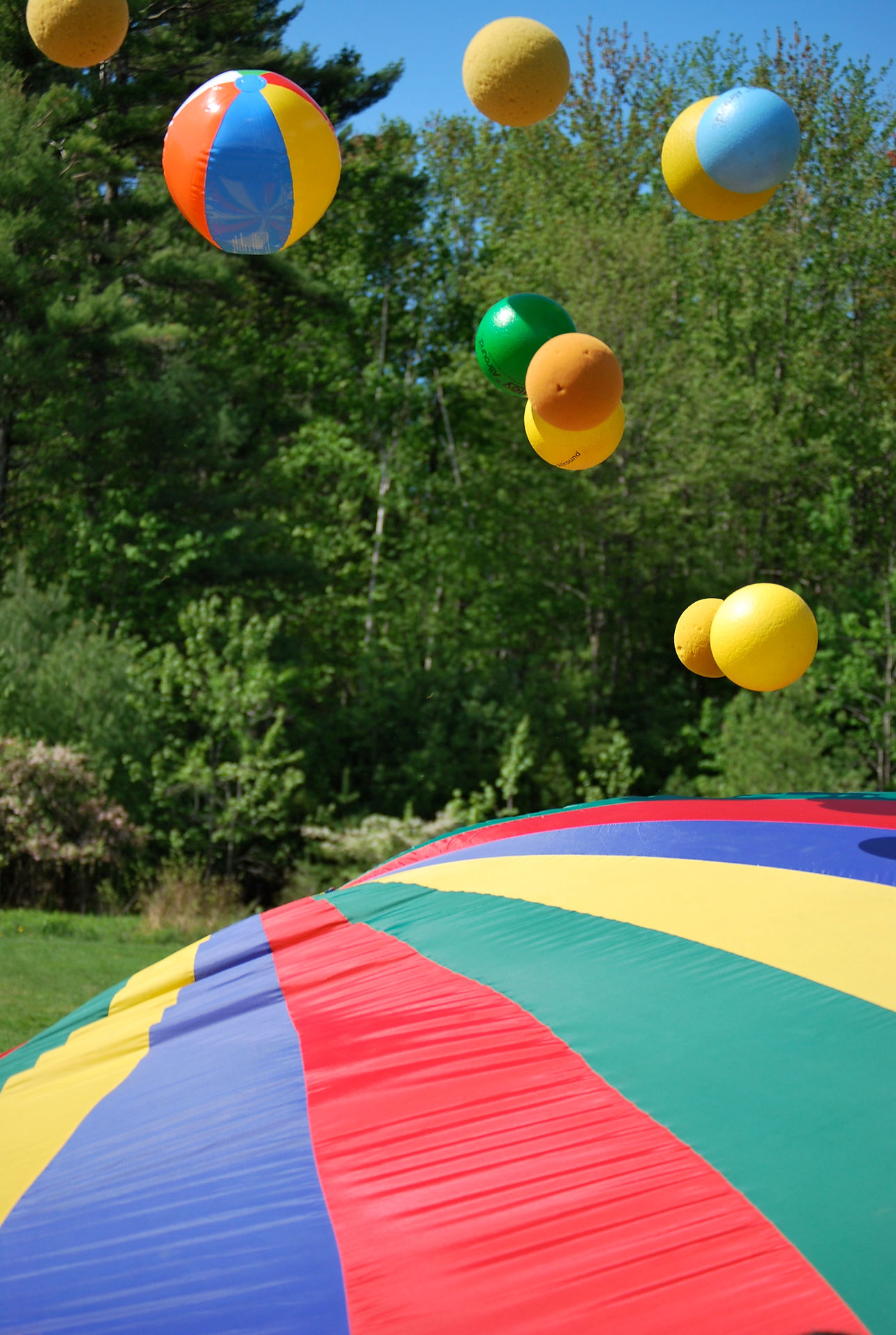
Marty Cryer
Google Forms for Assessment and Learning
Connection to ISTA Standard 2D: Provide students with multiple and varied formative and summative assessments aligned with content and technology standards and use resulting data to inform learning and teaching
Google forms have huge potential for all sorts of purposes. I used them to create assessment opportunities that also provided students a new way to learn and practice skills. A spreadsheet of responses is automatically created, which gives the teacher the data needed to guide instruction. By sharing the results of some uses of the forms, such as with the proofreading forms, students can learn from them as well.
Click on each image to view the live form.
Proofreading
Project Description:
In many elementary school classrooms the day begins with a morning message. It includes a number of mispelled words and incorrect grammar that a student with the proofreader job of the week is tasked with correcting. Then the class gathers and reviews what this student did.
This is not a bad process, but I found many students tend to drift away from the discussion and get no benefit from it.
Enter Google Forms! I created a Google form with sentences or photos of signs with incorrect grammar and misspelled words. Students then have to rewrite the sentences correctly. We would look at the spreadsheet (names were hidden) and see the different ways students corrected them.
Objectives:
My primary objectives for this project was for students to be more engaged in learning and practicing proofreading their writing and learning more about grammar.
The engagement piece was simply amazing. After having students complete this task the first time I asked if they wanted to do it again. The answer was an unequivocal yes! When I tried adding images with poor grammar and spelling, students became even more excited.
When we looked at the spreadsheet with everyone's rewritten sentences, students eagerly waited to see theirs, even though no one knew who wrote each one. We would talk about what went well and what still needed improvement.
Future changes and improvements:
I truly loved having students use the forms for their proofreading and grammar practice. I started this about two-thirds of the way into the school year, so I defintely want to begin much sooner.
Note: Click on the image to see the live form. Because names are included on the spreadsheet, I cannot make it a public document for viewing.
Informational Text Features
Project Description:
As I worked through a unit on text features it became evident a number of students did not remember what text features are or what their purpose is. I knew I needed a way to see what students knew before I could move on.
I created a Google Form with images of different text features with which students needed to be familiar. Their job was to simply identify each one.
On the spreadsheet I could quickly see which students needed extra work and which were ready to move on.
Objectives:
The objectives of using Google forms for this purpose was simply to see where students were with being able to identfy text features. It was a simple process and students looked forward to using it, a reaction much different than I would have received with a paper quiz.
Future changes and improvements:
I shared this form with our Literacy Coach who was very excited about it and is interested to learn how to create on herself. It has become part of our grade level resources for assessment of text features.
The only change I will make in the future is to change the image for the text box. The image I have has a heading and students frequently wrote heading rather than text ox for their answer. Once I saw their answers, I was easily able to see their confusion and did not count that question when reviewing the results.
Reading Logs
Project Description:
Since I challenge my students to read at least 30 books in a variety of genre through the course of the year, I needed a way to keep track of what they were reading. I tried several different options using technology and paper logs, but none of them met all of my needs.
After attending a seminar on using Google forms for more than data collection I had the idea to try making a form for my students to record their reading. It took a few adjustments and a little time for students to get used to the idea of completing the forms, but the information I collected was perfect for my needs.
Objectives:
My initial goal, of course was to see what students were reading,
Additionally, however, I was able to collect information about genre, text difficulty and assessment information about their ability to summarize and identify the main idea and important
details in a story! It was very easy to see student progress through the course of the year because the spreadsheet information can be sorted with the click of a couple of buttons.
Future Changes and improvements:
I first began using this part-way through the year. I wish I had started using it at the beginning of the year. When a 4th grade teacher saw it and asked me to show her how it worked, she was energized to try it herself.
I used this again a second year with my 3rd graders with less success. Some students religiously entered their reading, while others did not enter a single book.I frequently sent home printed lists of entered books in hopes that parents would step up to ensure the work was completed, and saw some inprovement with a few students, but not all. I need to keep thinking about how I can increase the participation rates.


